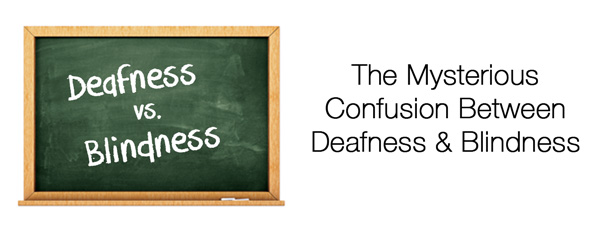
The Mysterious Confusion Between Deafness and Blindness
"Oh, so you work with deaf people...so does that mean you know Braille?"
I am sure many of you who have told people you are interested in sign language have heard a question similar to the one above. Although Braille is used by the blind, people often confuse it as a tool for the deaf. As a former teacher of deaf and hard of hearing children, I have witnessed confusion between deafness and blindess several times in my career. I am not sure why people confuse deafness and blindness... and the communication techniques of each, but it happens all the time!
I wonder if it has something to do with the famous story of Helen Keller (see video below).
She was a deaf-blind woman who used, among other things, sign language to communicate. But it was tactile signing that she used, not American Sign Language.
As a young man I saw the movie, The Miracle Worker (1962), in school. I think everyone in my class learned the sign WATER from watching the story of the young Helen and her teacher, Anne Sullivan, unfold in front of us.
Because of the combination of deafness and blindness in some individuals, such as Helen Keller, I would like to give you a little background about how people who are deaf AND blind are communicated with.
Anne Sullivan was the first famous true intervener, although it was not called that in her day. An intervener (or intervenor, in Canada) is defined as a person who provides intervention to an individual who is deaf-blind. An intervener mediates between the person who is deafblind and his or her environment to enable him or her to communicate effectively with and receive non-distorted information from the world around them. An intervener acts as the eyes and ears of the person with deaf-blindness.
Many people confuse the role of an interpreter and an intervener. An interpreter is a person fluent in sign language that has gone through an interpreter training program and certification process. An interpreter's primary role is to mediate communication between the hearing and the deaf.
A person CAN be both an interpreter AND an intervener. In addition to the standard interpreter qualifications, the person would need to have training in the field of intervention with deafblind people.
But, one DOES NOT have to be an interpreter in order to be an intervener. Some people who are considered deafblind may not use sign language but still may need the services of an intervener. Further, some deaf-blind people may also have additional special needs such as cognitive issues that cause them to not have a large sign language vocabulary so an intervener that works with them may be able to have some knowledge of sign language but not nearly that of a certified interpreter.
ADVERTISEMENTS
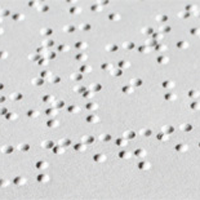 Braille Explained
Braille Explained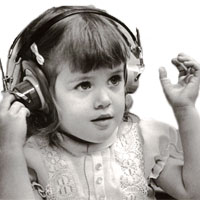 Debbie Wright's Story: A Journey of Discovery with Usher Syndrome and Being Deafblind
Debbie Wright's Story: A Journey of Discovery with Usher Syndrome and Being Deafblind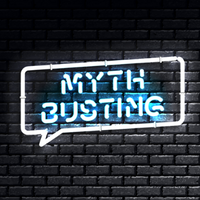 8 Myths About Deaf People
8 Myths About Deaf People


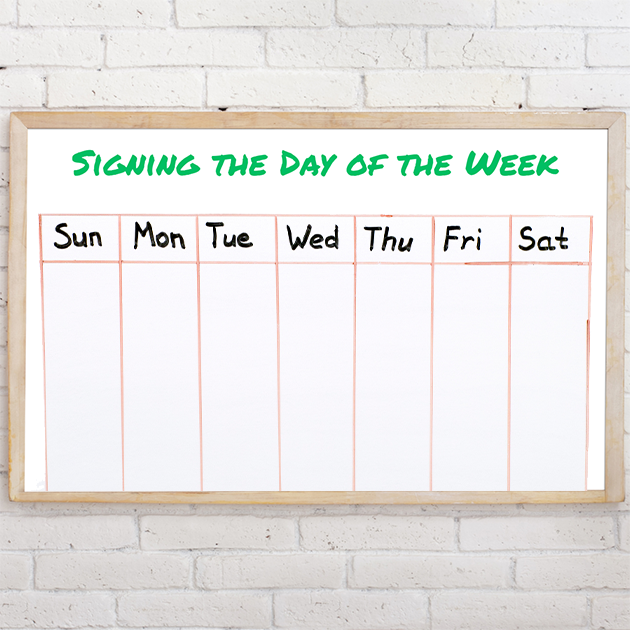

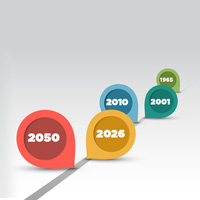


Savvy User dianaMonday, February 14, 2011
i am an ITP student in my fourth year now...amazing to enter this world that is the deaf community and see so much ignorance and misinformation that surrounds it as well. As a minority myself (hispanic) i can understand the frustration in becoming a representative of the community to those hearing people around you, but mostly we laugh it off A LOT because in the end we have to educate but also move on. I like this site because rather than just giving you a sign it puts it in context. When i get a better paying job i will surely pay for the site ;) but im still in school but i appreciate your work on the site keep it up.